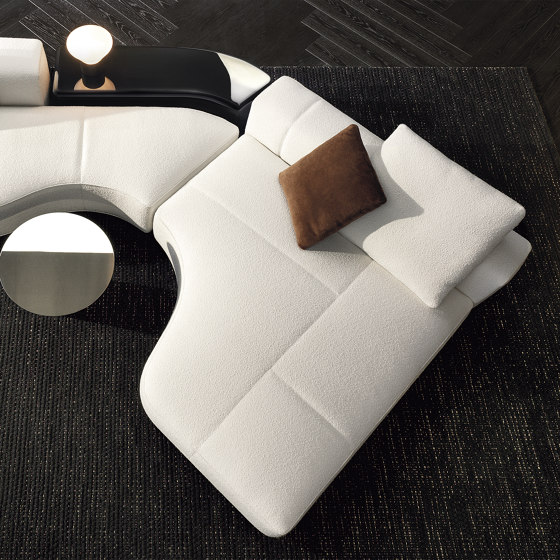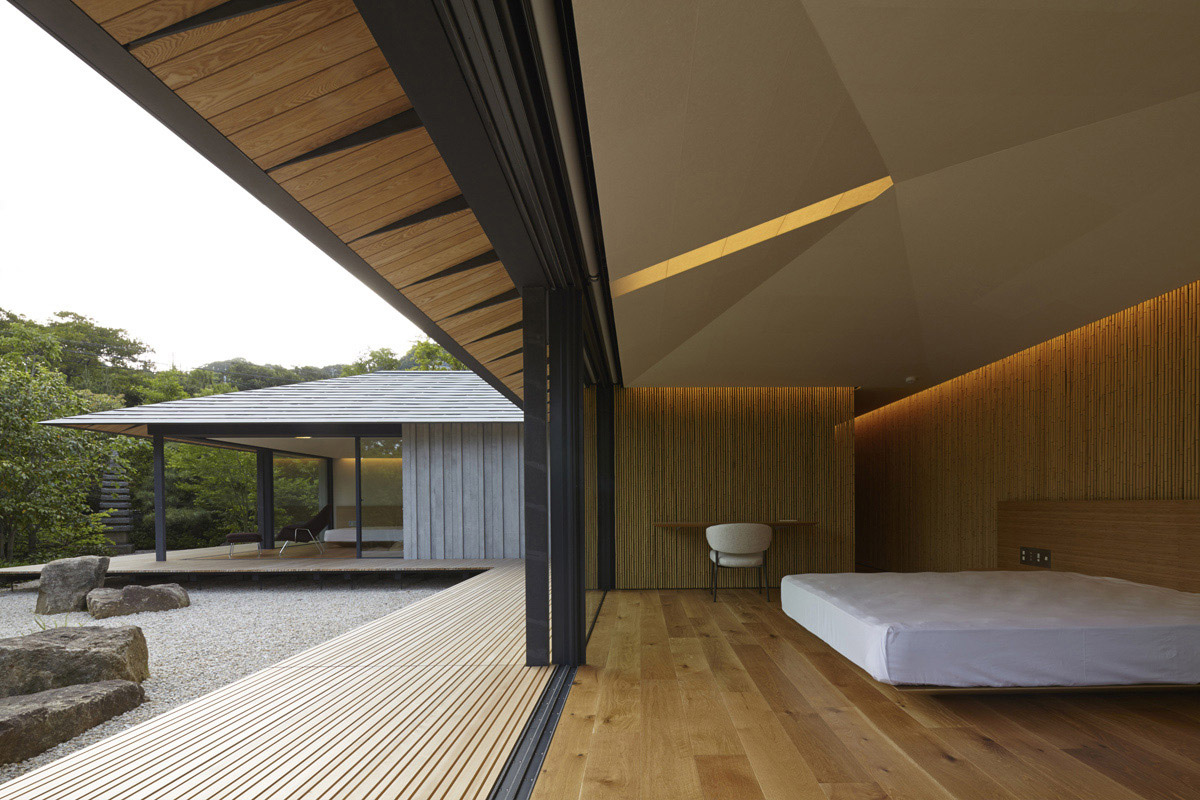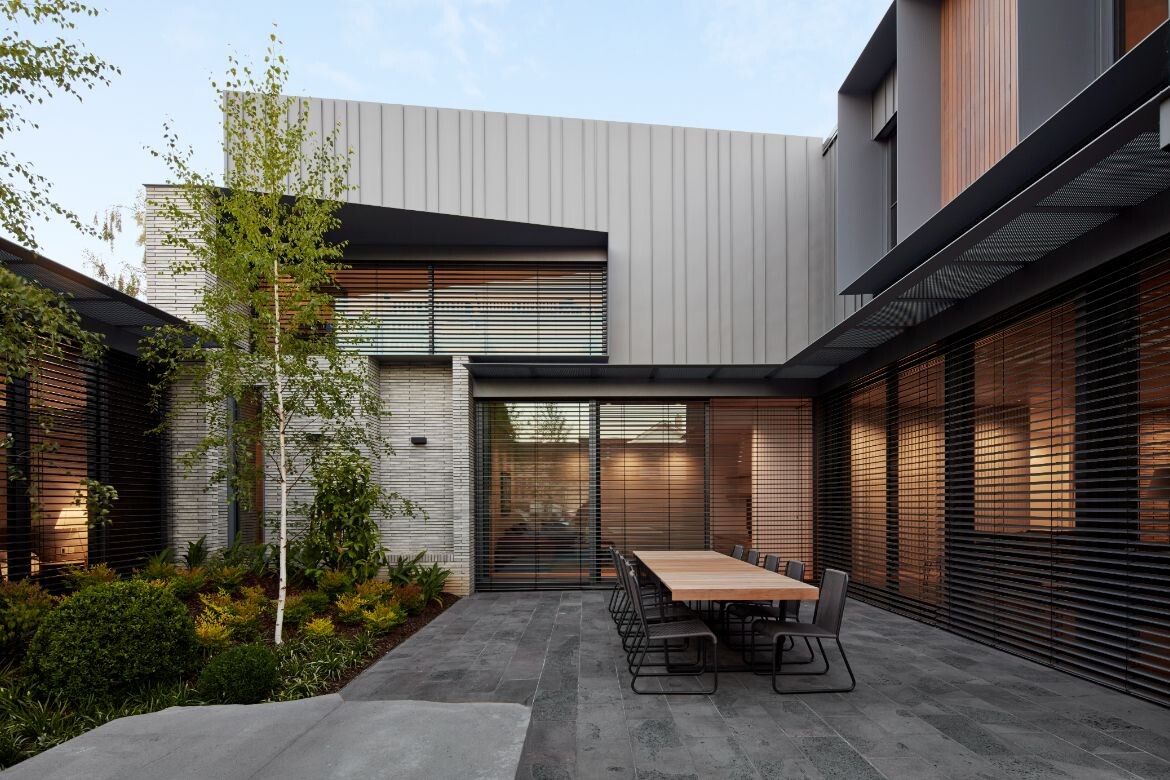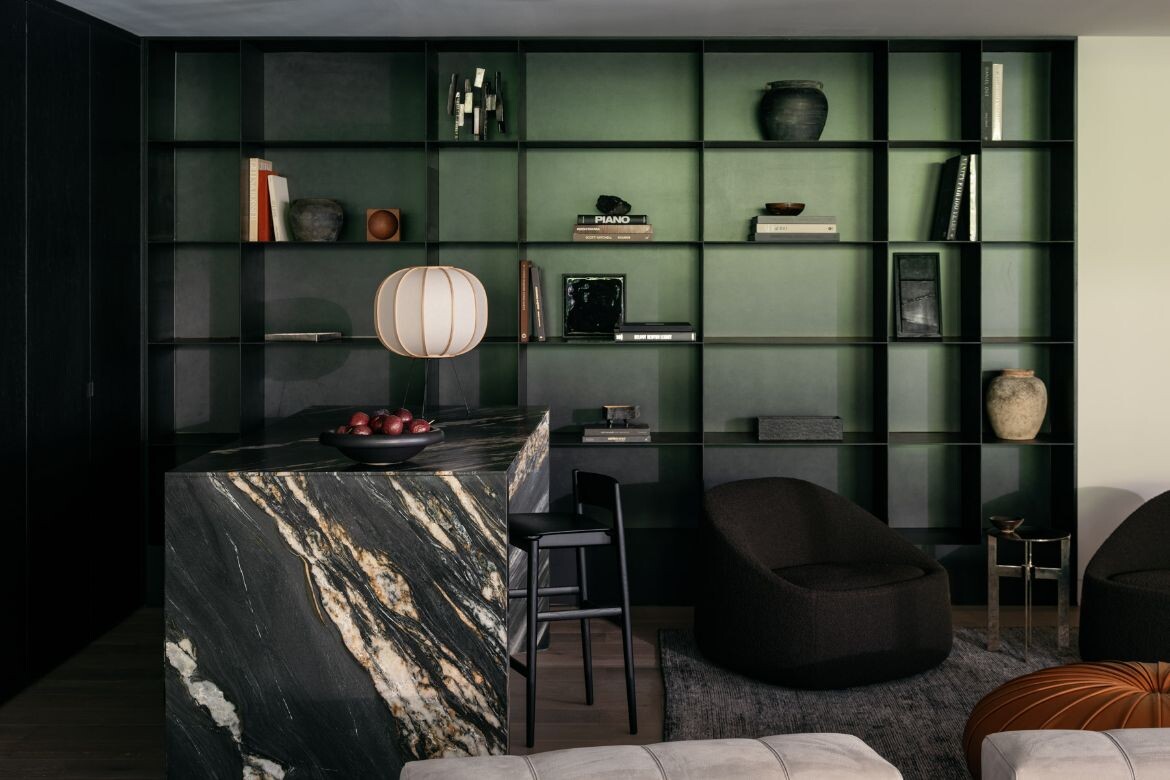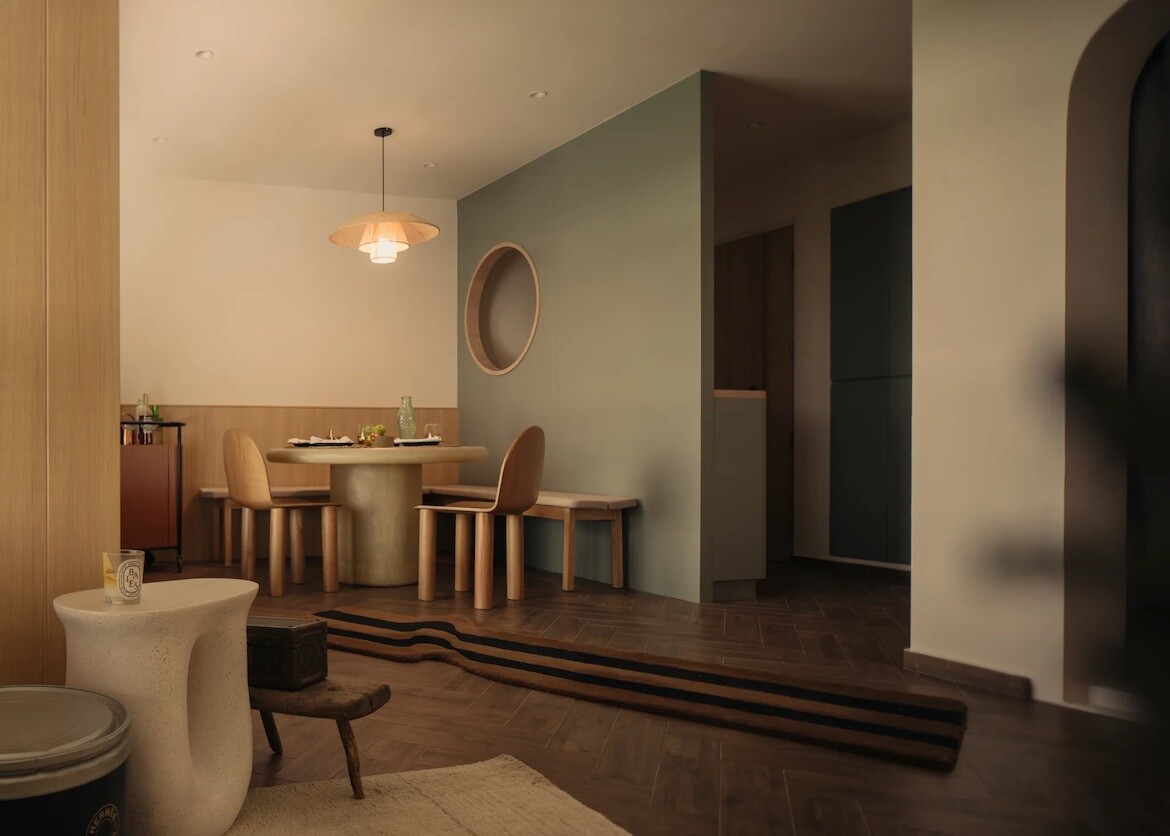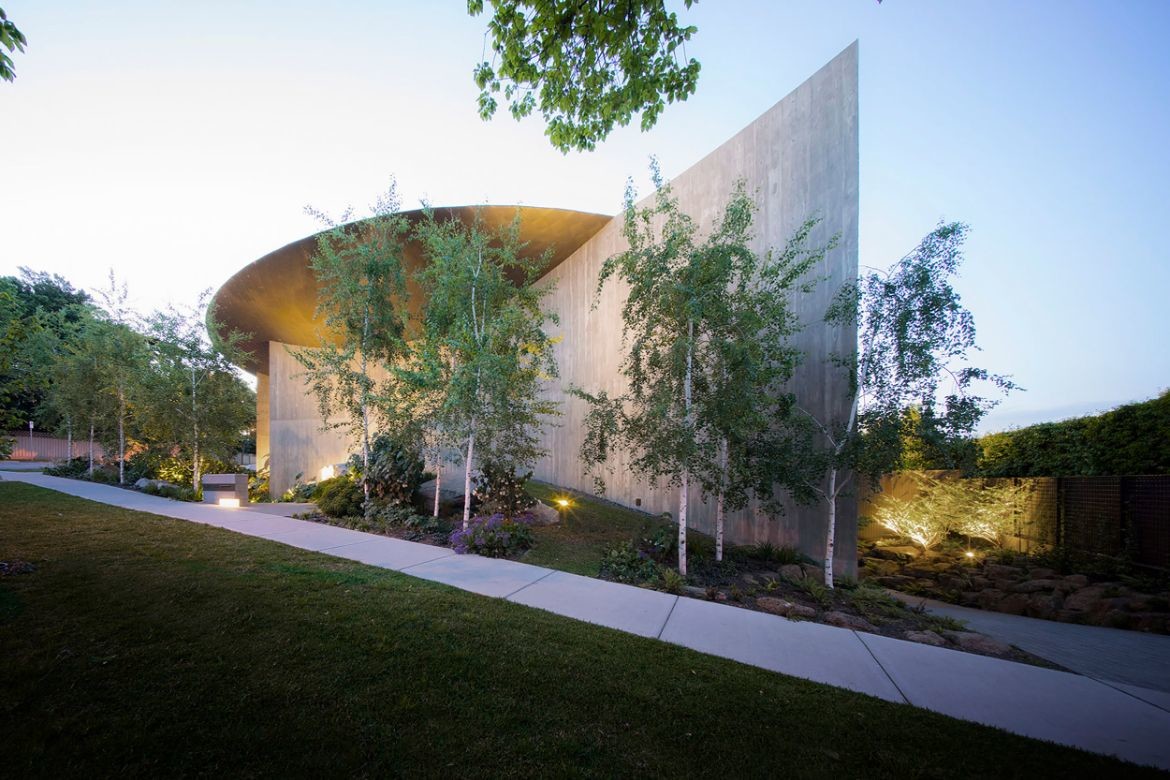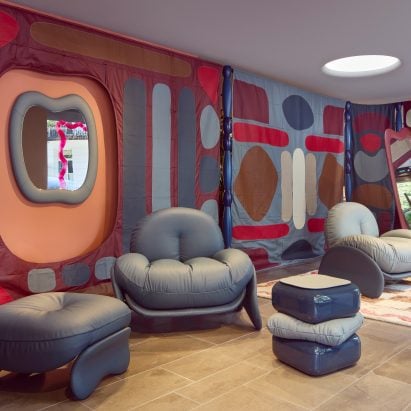Why UK architecture's gender pay gap isn't improving
With UK architecture failing to make progress on closing its gender pay gap, what more can be done? Nat Barker reports. "Every year people say 'we must do better', but then actually have no plan, no strategy, no vision for how to actually do this stuff better," said Marsha Ramroop, a diversity and inclusion consultant The post Why UK architecture's gender pay gap isn't improving appeared first on Dezeen.


With UK architecture failing to make progress on closing its gender pay gap, what more can be done? Nat Barker reports.
"Every year people say 'we must do better', but then actually have no plan, no strategy, no vision for how to actually do this stuff better," said Marsha Ramroop, a diversity and inclusion consultant and former inclusion and diversity director at the Royal Institute of British Architects (RIBA).
"There's no one simple fix to the gender pay gap, and if we want to tackle it in a useful way, we need to fundamentally look again at some of our systems and how they're done," she told Dezeen.
"The pace of change is too slow"
"Progress is definitely slow," agreed Igea Troiani, head of division for architecture at London South Bank University and until recently chair of Women In Architecture UK.
"I don't think we're making the headway we should be making, and that's because some of the strategies aren't actually working effectively."
Each year in April, UK companies with at least 250 employees are required to publish data on their gender pay gaps.
For architecture, the overall picture is not encouraging.
Ten architecture-specific studios have reported their gender pay gaps every year since the rule was introduced in 2018 – Allford Hall Monaghan Morris, Allies and Morrison, BDP, Foster + Partners, Hawkins\Brown, PRP, Sheppard Robson, Stride Treglown, TP Bennett and Zaha Hadid Architects.
The average difference between men's and women's median hourly pay at these firms in 2018 was 15.4 per cent. Six years on, it is still 15.4 per cent.
Across all industries, the gap at large companies was 9.4 per cent in 2018 and narrowed slightly to 9.1 per cent by 2024.
Other available data also suggests that architecture is faring worse than the UK economy as a whole.
Figures from the RIBA on studios with 100 or more staff give a gender pay gap figure of 16 per cent, while according to the Office for National Statistics, the gap for all full-time workers is 7.7 per cent.
The RIBA has identified the stubborn gender pay gap as a high-priority issue for the profession.
"We agree that the pace of change is too slow," RIBA director of inclusion and diversity Robbie Turner told Dezeen.
He suggests that the problem of stunted progress dates back much further than 2018. "We commissioned a report in 2003 about gender inequity in architecture, and too many of the things that were found in that report haven't moved forward."
"We've lost too many amazing women from the profession"
At the most basic level, it is broadly agreed that the main issue is a lack of women in senior roles.
This is also a problem in plenty of other industries, but it's particularly difficult to address quickly in architecture as it is a regulated profession with a famously long qualification journey.
"If you're in an industry that's not regulated then you can recruit into those senior roles from outside the industry," explained Turner. "With architecture, that's harder."
The only way to change the gender balance at the top of architecture studios therefore, is for more women to move up through the ranks into high-level jobs.
"[Practices] often just think, 'oh, we need to attract more women'," said Ramroop.
"Well, that's not the issue," she told Dezeen. "The main thing is: do you have clear pipeline progression structures and systems so that someone coming in at, say, medium or junior managerial level, can see themselves moving up that ladder?"
This is where architecture seems to be failing at present.
Women have historically been significantly under-represented in the profession and still only account for 31 of registered architects in the UK.
But the proportion of women joining the register has long been higher than that, and is now close to 50 per cent.
The discrepancy between these figures hints at a problem that underpins UK architecture's lack of meaningful progress on the gender pay gap: the phenomenon of female architects leaving the profession.
"We've lost too many amazing women from the profession in that mid-career level," said Turner. "That's what we as a profession need to really, really focus on."
"We've got a generation of women entering architecture now that we need to get much better at supporting, much better at developing and promoting."
The motherhood penalty
Particularly relevant here is what has been termed "the motherhood penalty". Gender equality charity the Fawcett Society has previously published research on the large number of women that leave their jobs because of difficulties balancing work and childcare.
Studies indicate that men, who still tend to take on less of the childcare burden than women, do not see their careers negatively affected by becoming fathers.
Addressing the motherhood penalty in architecture, Turner believes, would make a "significant inroad" into reducing the gender pay gap.
RIBA guidance identifies improving workplace flexibility by offering remote working, job sharing, compressed hours or part-time roles as a key way to support architects with caring responsibilities.
But, says Ramroop, these sorts of policies are sometimes at odds with the working culture that studios are trying to cultivate.
"There's still very little appetite from a lot of architecture firms around flexible working," she said. "There's a sense that collaboration is less possible without being in the office."
The issue may run deeper still. Architecture is what experts call a "greedy job", demanding unusually long, unpredictable hours.
But while greedy jobs are often associated with very high salaries, low pay is an issue within the architecture profession across the board.
Troiani, who this year published a book titled Work-Life Balance In Architecture, considers this working environment to be "a really major factor" in the gender pay gap and women leaving architecture.
"At some point, people just find it's not worth their while if they're working a high-risk job, not terribly well paid, with long hours," she said.
"People who can sustain it, I think, are the ones that only see themselves as architects, and when you don't, that's when you start to slow down or think of other work options beyond architecture."
"The architecture profession is hostile"
For one young female architect who recently left the profession but remains involved with the Section of Architectural Workers union, this certainly rings true.
"The architecture profession is hostile," she told Dezeen. "It's difficult to stay in for a lot of people, and I think for women especially, if the pay doesn't really match up with the effort."
"I struggled to reason why I would stay – my passion for drawing doesn't trump my wellbeing."
Ramroop and Troiani argue that this long-hours-for-low pay culture impacts everyone working as an architect, and that changing it depends on driving up project fees.
"Directors and managers need to try and run projects so they can be done within work hours and not rely on the project's profitability on people working additional hours to cover the work required for free," said Troiani.
"Architecture firms have this crazy way of undercutting each other rather than looking more cleverly at their fees," added Ramroop.
"Architects are not always great business people who know how to structure their businesses to plan for growth, to pay everyone fairly."
Higher fees may also help studios to implement another RIBA recommendation: offering enhanced parental-leave pay above the legal minimum.
It is possible to run a profitable architecture business with a healthy working culture, said Ramroop, pointing to the small studios Mamou-Mani and Clare Nash Architecture.
There are important actions that can be taken without requiring a wholesale overhaul of the business model, however.
Collecting more data about wage structures and introducing a banding system, for instance, may be effective first steps to correcting any existing anomalies.
"The first thing around remuneration is making sure that every single person in the organisation is really clear what band they are, what size that band is, and what they need to achieve to move up to the next one," said Ramroop.
"There needs to be absolute clarity around other benefits as well. With things like bonuses, who gets what? Why do they get them?"
"It's going in the right direction"
Despite the continuing slow progress, Troiani is hopeful that the wheels are beginning to turn.
"These things take a long time – we go five steps forward and then two steps back," she said. "But I think generally it's going in the right direction."
Turner echoes that sentiment. "Without exception, everybody I speak to recognises that this is an issue and wants to move this forward," he said.
In any case, there may come a point soon when architecture firms find they have little choice but to narrow their gender pay gap and make their workplaces more inclusive.
"Having more women in the workforce and retaining women who are highly skilled in architecture should be a business imperative," said Turner.
"Improving representation of women throughout architecture will make the profession more responsive to the needs of clients, more responsive to the needs of society."
"More practices each year are recognising the benefit to them as businesses of providing more family friendly policies," he added. "And I think we'll get to a place where if you're not doing it, you will lose people to architecture practices who are doing it."
The photo is by WOCInTech via Unsplash.
Dezeen In Depth
If you enjoy reading Dezeen's interviews, opinions and features, subscribe to Dezeen In Depth. Sent on the last Friday of each month, this newsletter provides a single place to read about the design and architecture stories behind the headlines.
The post Why UK architecture's gender pay gap isn't improving appeared first on Dezeen.
What's Your Reaction?















